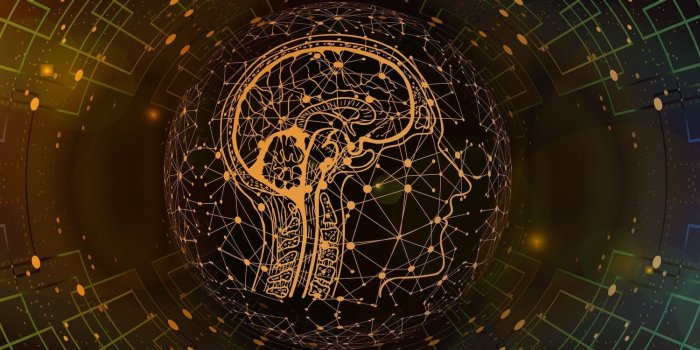When we think of artificial intelligence, we usually think of the humanoid robots from movies portrayed as the villains who take over the world. But, in reality, we don't yet have robots that can surpass human intelligence.
That said, AI has already taken over our lives. Your Smart Home devices, the facial ID recognition in your phone, the chatbots you interact with while shopping online, your music, video, and shopping recommendations— are all powered by AI.
What Is AI (Artificial Intelligence)?
In simple words, AI is any program that can do 'intelligent' tasks similar to a human. But it's not just simple software.
How Does AI Learn?
In a software program, your output solely depends on what the code says. For example, let's say you've written a code to identify cats. Your code tells that anything with four legs, a tail, and fur is a cat.
It will identify every furry animal as a cat, even if it's seeing a dog or tiger or a polar bear. The only way to correct it is to change the code to include specific characteristics of a cat, like size, shape, color, and skin pattern.
In the case of AI, the machine learning experts train the algorithm to correct itself. They key in a large amount of data (in our case, animal photos), reward the program every time it identifies the cat correctly, and punish if it makes a mistake.
When you train it repeatedly with vast amounts of data, the algorithm will eventually learn to identify the cat. What's more, it will generate patterns from the data and identify other animals too. This is called Machine Learning.
Deep Learning takes machine learning to the next level with a lesser need for human intervention. With the help of complex neural networks, each algorithm can learn and change itself. Artificial neural networks are algorithms modeled after neurons in the human brain. The algorithms run on powerful computers to connect, interact, and learn from each other, just like our neurons.
Continue reading: https://www.makeuseof.com/start-a-career-in-ai/
That said, AI has already taken over our lives. Your Smart Home devices, the facial ID recognition in your phone, the chatbots you interact with while shopping online, your music, video, and shopping recommendations— are all powered by AI.
What Is AI (Artificial Intelligence)?
In simple words, AI is any program that can do 'intelligent' tasks similar to a human. But it's not just simple software.
How Does AI Learn?
In a software program, your output solely depends on what the code says. For example, let's say you've written a code to identify cats. Your code tells that anything with four legs, a tail, and fur is a cat.
It will identify every furry animal as a cat, even if it's seeing a dog or tiger or a polar bear. The only way to correct it is to change the code to include specific characteristics of a cat, like size, shape, color, and skin pattern.
In the case of AI, the machine learning experts train the algorithm to correct itself. They key in a large amount of data (in our case, animal photos), reward the program every time it identifies the cat correctly, and punish if it makes a mistake.
When you train it repeatedly with vast amounts of data, the algorithm will eventually learn to identify the cat. What's more, it will generate patterns from the data and identify other animals too. This is called Machine Learning.
Deep Learning takes machine learning to the next level with a lesser need for human intervention. With the help of complex neural networks, each algorithm can learn and change itself. Artificial neural networks are algorithms modeled after neurons in the human brain. The algorithms run on powerful computers to connect, interact, and learn from each other, just like our neurons.
Continue reading: https://www.makeuseof.com/start-a-career-in-ai/

